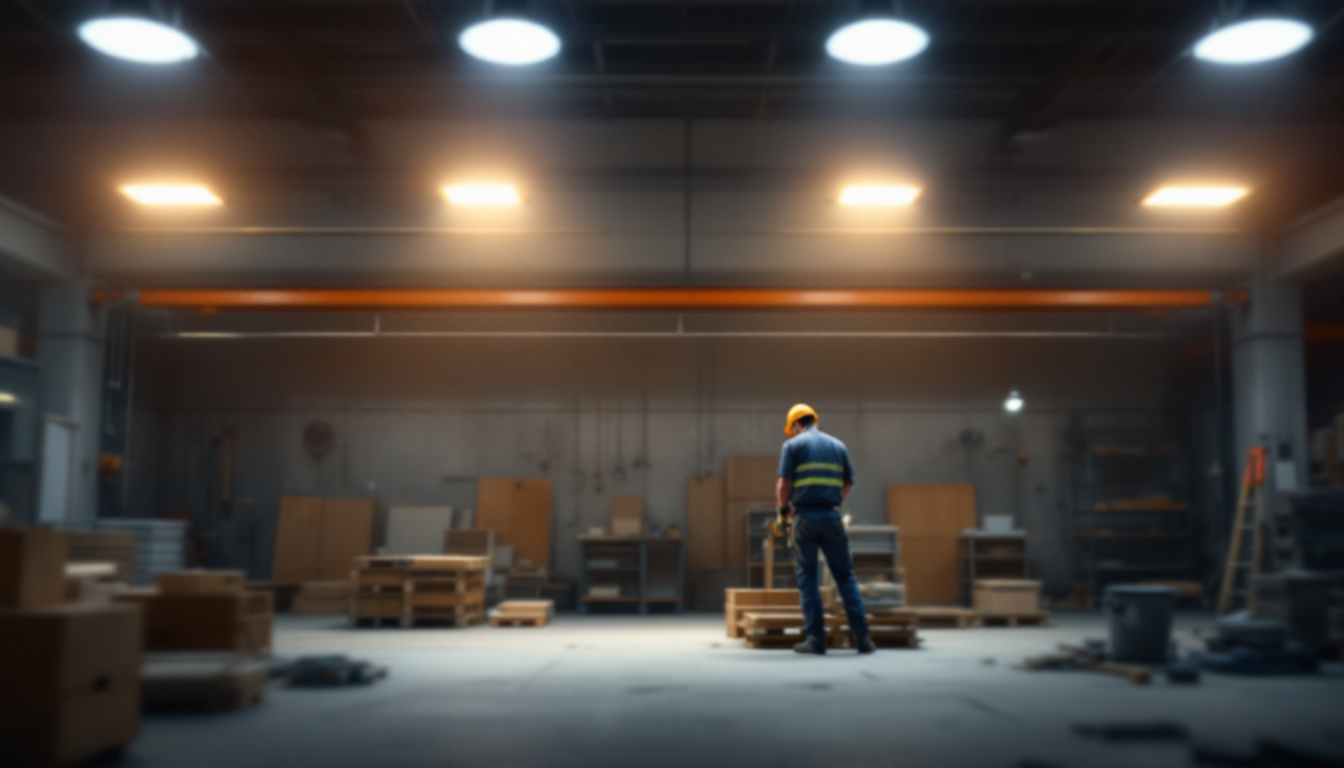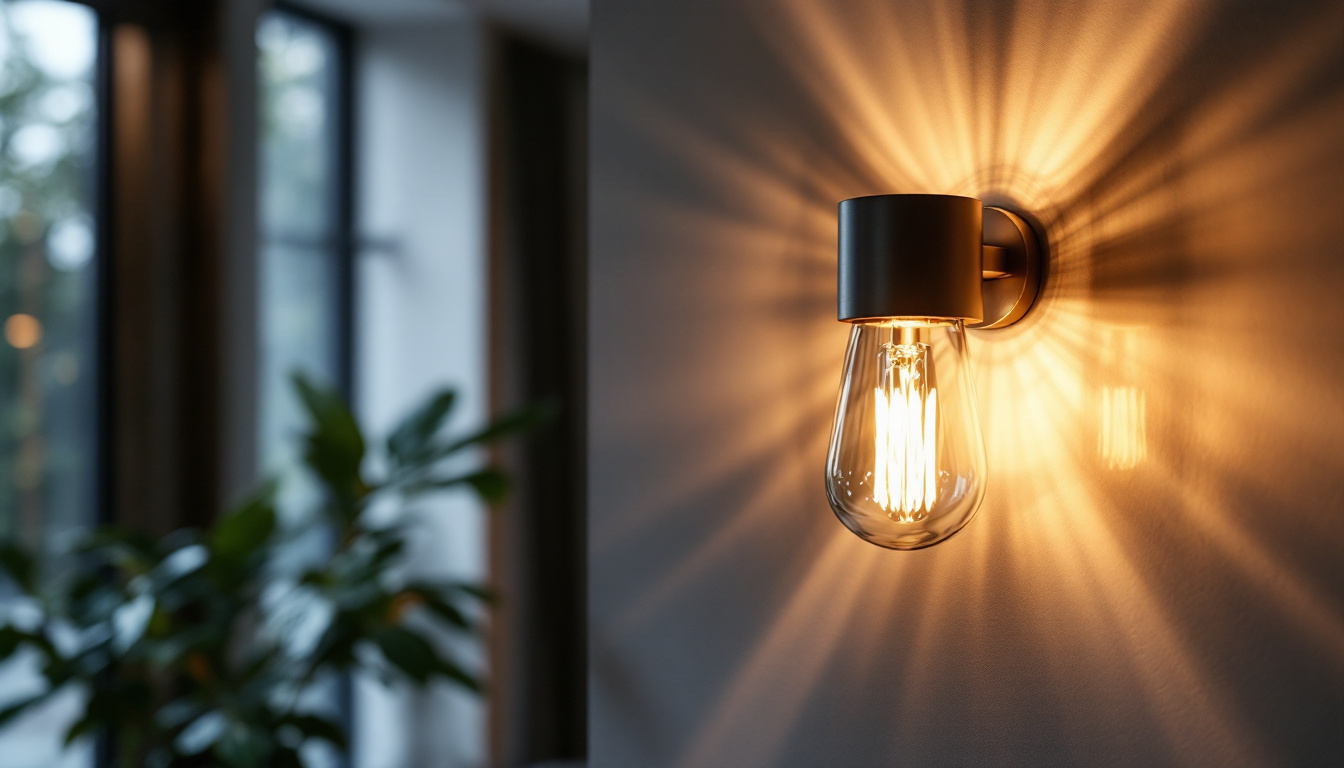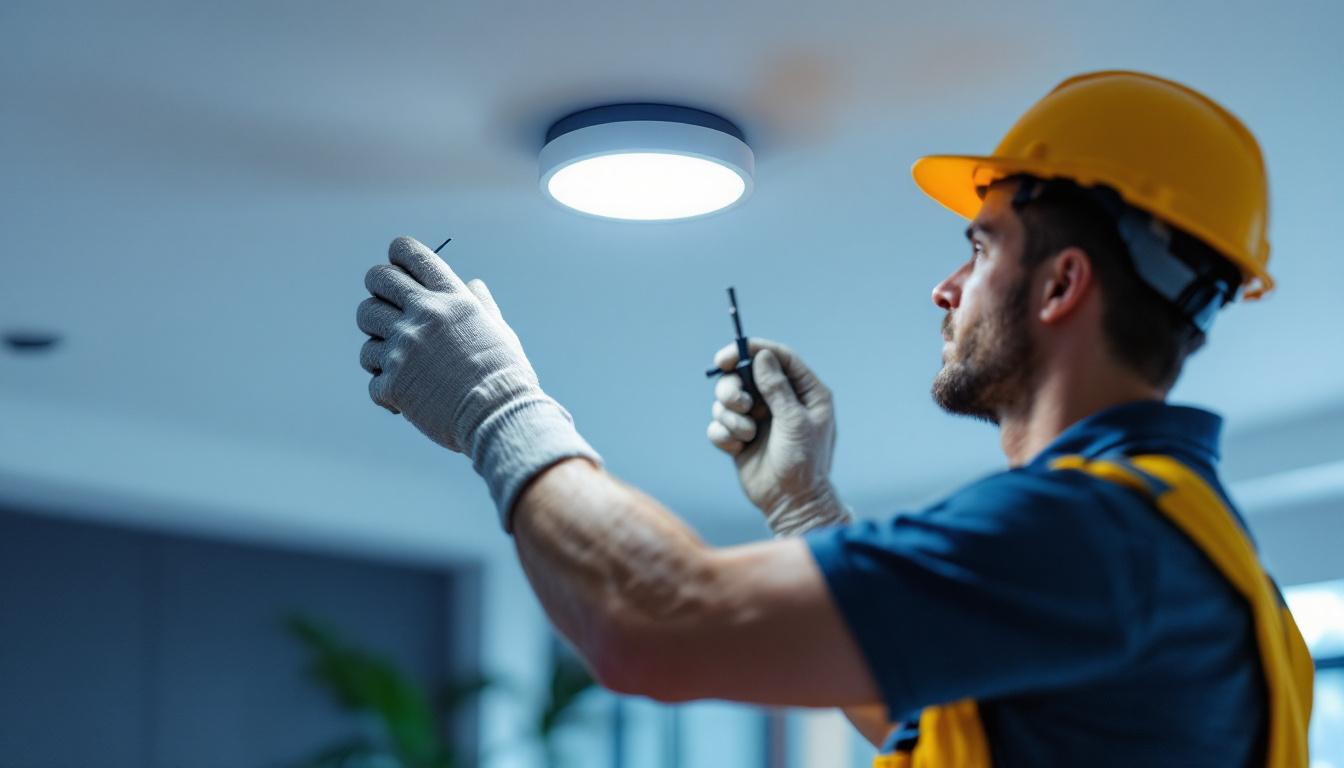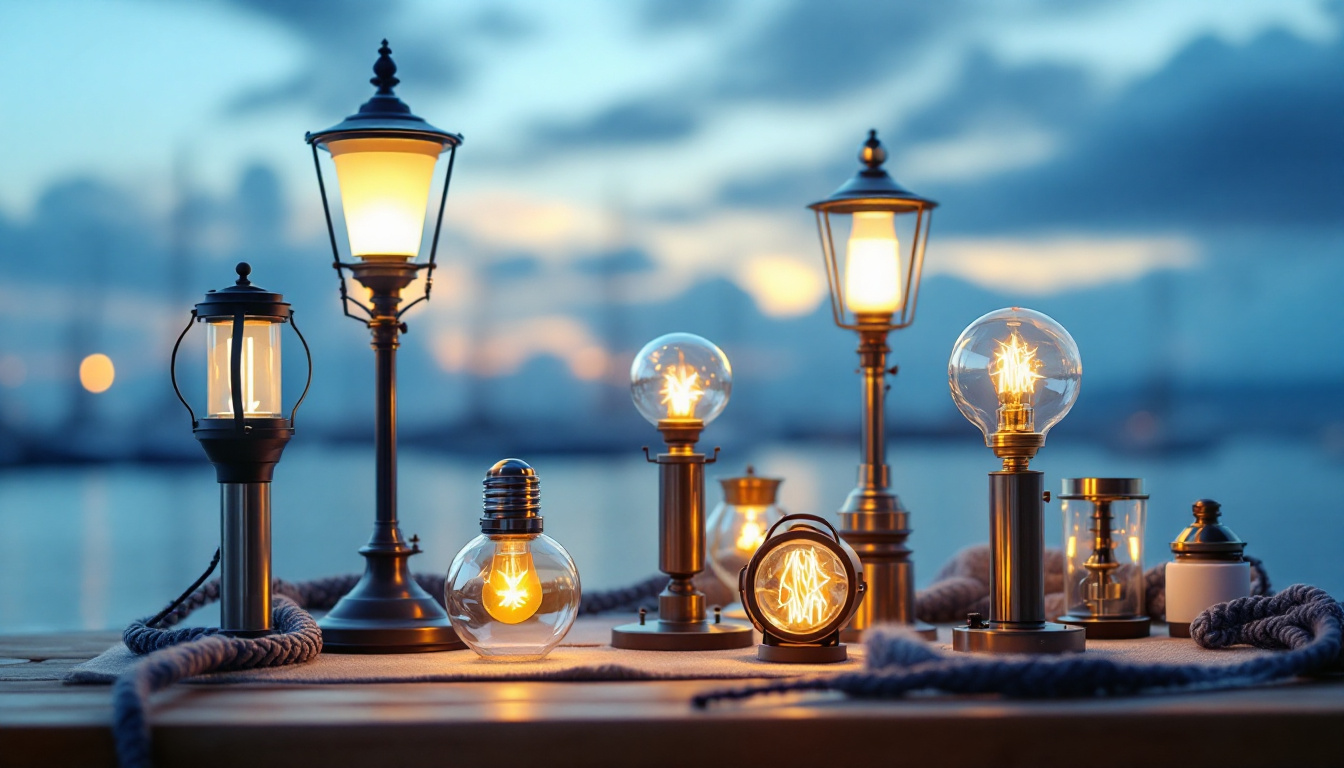
Lighting plays a crucial role in enhancing the functionality and aesthetics of industrial and commercial spaces. high bay shop lights are particularly significant in environments with high ceilings, such as warehouses, manufacturing plants, and large retail stores. For lighting contractors, understanding the challenges associated with high bay lighting is essential for delivering optimal solutions to clients. This article explores these challenges and offers practical strategies to overcome them.
high bay lights are designed to illuminate areas with ceilings that typically exceed 15 feet in height. They provide bright, efficient lighting that is necessary for visibility and safety in large spaces. The selection of appropriate fixtures, placement, and control systems is critical to achieving the desired lighting levels while minimizing energy costs. In environments such as warehouses, gymnasiums, and manufacturing facilities, the right high bay lighting not only enhances safety but also improves the overall productivity of the workforce. By ensuring that these spaces are well-lit, businesses can reduce the risk of accidents and create a more welcoming atmosphere for employees and customers alike.
There are several types of high bay lights available, each with its unique advantages and applications. The most common types include LED, fluorescent, and metal halide lights. LED high bay lights are becoming increasingly popular due to their energy efficiency, long lifespan, and low maintenance requirements. These fixtures can last up to 50,000 hours, significantly reducing the frequency of replacements and associated labor costs. Fluorescent lights, while less efficient than LEDs, are still widely used due to their lower initial cost and ability to provide a softer light that can be beneficial in certain settings. Metal halide lights offer high lumen output, making them suitable for environments where bright, focused light is essential. However, they can be less energy-efficient and have a shorter lifespan, which may lead to higher long-term costs.
When selecting high bay lights, contractors must consider factors such as the height of the ceiling, the layout of the space, and the specific tasks being performed in the area. The distribution of light is also crucial; for instance, in a warehouse, uniform lighting can help reduce shadows and enhance visibility for workers navigating through aisles. Additionally, understanding the color temperature and the CRI (Color Rendering Index) of the lights is essential for ensuring that the environment is conducive to productivity and safety. A higher CRI means colors appear more true to life, which is particularly important in settings where color differentiation is critical, such as in art studios or quality control areas. Furthermore, the integration of smart lighting controls can optimize energy usage by allowing for adjustments based on occupancy and natural light levels, further enhancing the efficiency of high bay lighting systems.
Lighting contractors often encounter various challenges when working with high bay shop lights. These challenges can range from technical issues to client expectations, and addressing them effectively is crucial for successful project completion.
One of the primary concerns for many clients is energy efficiency. High energy costs can significantly impact a business’s bottom line, and clients often seek solutions that will minimize these expenses. Lighting contractors must stay informed about the latest technologies and energy-efficient products available in the market.
Implementing LED lighting solutions can greatly reduce energy consumption. However, the initial investment may be a barrier for some clients. Contractors should be prepared to present a comprehensive cost-benefit analysis that highlights the long-term savings associated with energy-efficient lighting. Additionally, contractors can educate clients about available rebates and incentives from utility companies, which can help offset initial costs and encourage the transition to more sustainable lighting options.
Installing high bay lights can present several challenges, particularly in large spaces with high ceilings. Accessing fixtures for installation or maintenance may require specialized equipment, which can increase project costs and timelines. Additionally, ensuring proper alignment and spacing of fixtures is crucial for achieving uniform lighting distribution.
To overcome these challenges, contractors should conduct thorough site assessments before installation. This includes evaluating the ceiling height, existing electrical infrastructure, and potential obstacles that may affect installation. Utilizing advanced tools such as 3D modeling software can also aid in planning the layout and ensuring optimal placement of fixtures. Furthermore, contractors should consider the specific needs of the space, such as the type of work being performed and the desired ambiance, to tailor the lighting solution effectively.
Clients often have specific expectations regarding the performance and aesthetics of high bay lighting. Miscommunication can lead to dissatisfaction, making it essential for contractors to establish clear lines of communication from the outset. Understanding the client’s vision and requirements is vital for delivering a successful project.
Regular updates and progress reports can help manage client expectations throughout the project. Additionally, providing samples or mock-ups of lighting solutions can give clients a better understanding of the final outcome, ensuring alignment with their vision. It’s also beneficial for contractors to engage clients in the design process, allowing them to express their preferences regarding color temperature, fixture styles, and control systems. This collaborative approach not only fosters a sense of ownership for the client but also enhances the likelihood of achieving a result that meets or exceeds their expectations.
While challenges are inherent in any lighting project, there are effective strategies that contractors can employ to overcome them. By being proactive and informed, contractors can navigate potential obstacles and deliver successful high bay lighting solutions.
To address concerns about energy efficiency, contractors should prioritize the use of LED fixtures and smart lighting controls. These technologies not only reduce energy consumption but also offer features such as dimming and occupancy sensors, which can further enhance efficiency.
Educating clients about available rebates and incentives for energy-efficient upgrades can also help alleviate concerns about upfront costs. Many utility companies offer programs that provide financial assistance for businesses transitioning to energy-efficient lighting solutions.
To simplify the installation process, contractors can invest in training for their teams on the latest installation techniques and equipment. Utilizing lift systems and scaffolding can make accessing high ceilings safer and more efficient.
Additionally, developing a standardized installation protocol can help ensure consistency and quality across projects. This includes creating checklists for site assessments, installation procedures, and post-installation inspections to guarantee that all aspects of the project meet industry standards.
Effective communication is key to managing client expectations. Contractors should establish a clear communication plan that outlines how and when updates will be provided. Utilizing project management software can facilitate collaboration and keep all stakeholders informed.
Furthermore, involving clients in the decision-making process can foster a sense of ownership and satisfaction. Engaging clients in discussions about design choices, fixture options, and lighting layouts can lead to a more successful outcome that aligns with their vision.
The lighting industry is continually evolving, and staying ahead of trends is essential for contractors looking to remain competitive. Several emerging trends are shaping the future of high bay lighting, offering new opportunities for innovation and improvement.
Smart lighting technology is gaining traction in commercial and industrial applications. High bay lights equipped with IoT (Internet of Things) capabilities allow for remote monitoring and control, enabling contractors and facility managers to optimize lighting performance in real-time.
These systems can provide valuable data on energy usage, occupancy patterns, and maintenance needs, allowing for proactive management and adjustments. Contractors who embrace smart lighting solutions can offer clients enhanced functionality and efficiency, setting themselves apart in a competitive market.
As sustainability becomes a priority for many businesses, lighting contractors must consider environmentally friendly practices in their projects. This includes selecting fixtures made from recycled materials, implementing energy-efficient solutions, and promoting responsible disposal of old lighting products.
Contractors can also assist clients in achieving sustainability certifications, such as LEED (Leadership in Energy and Environmental Design), by providing lighting solutions that meet stringent energy and environmental standards. This not only benefits the environment but can also enhance a client’s reputation and marketability.
Clients increasingly seek customized lighting solutions that cater to their specific needs and preferences. Contractors should be prepared to offer a range of options, including different fixture styles, color temperatures, and control systems. This flexibility allows for tailored solutions that enhance both functionality and aesthetics.
Utilizing advanced lighting design software can help contractors present clients with various design options and visualizations, making it easier to communicate ideas and concepts. This approach not only improves client satisfaction but also streamlines the decision-making process.
High bay shop lights are essential for illuminating large commercial and industrial spaces, but they come with their own set of challenges for lighting contractors. By understanding these challenges and implementing effective strategies, contractors can deliver successful lighting solutions that meet client needs while enhancing energy efficiency and sustainability.
Staying informed about industry trends and embracing new technologies will further empower contractors to navigate the evolving landscape of high bay lighting. Ultimately, a commitment to quality, communication, and innovation will ensure that lighting contractors continue to thrive in this competitive market.
Ready to tackle the challenges of high bay lighting with solutions that promise quality, efficiency, and sustainability? At LumenWholesale, we provide lighting contractors with an unbeatable selection of spec-grade lighting products at wholesale prices. Say goodbye to inflated markups and hello to superior lighting that meets the highest industry standards. With our hassle-free bulk buying and free shipping, you can ensure your projects shine brightly while keeping costs down. Don’t compromise on quality or value; choose LumenWholesale for Wholesale Lighting at the Best Value and light up your spaces with confidence.

Discover the critical role LED system lighting plays for contractors in the modern lighting industry.

Discover how indoor wall light sconces can enhance your lighting projects and boost profits.

Discover how LED flushmount lighting can transform your business operations.

Discover the ultimate guide to ceiling lights with our comprehensive article, covering styles, installation tips, energy efficiency, and design trends to illuminate your space perfectly..